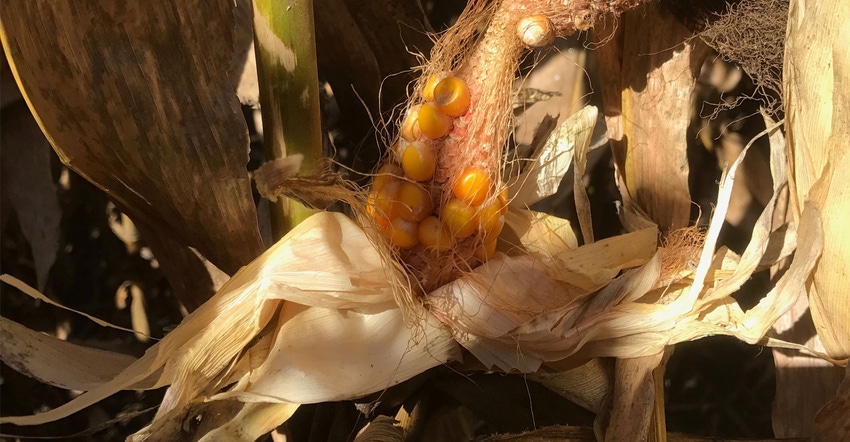
It goes without saying that corn hybrids have changed from the 1950s to the modern hybrids of today. But just how much have they changed?
While working on preliminary research for an Iowa State University Extension publication several years ago, Roger Elmore, Nebraska Extension cropping systems agronomist, found that most information about corn growth and development was outdated.
"The work I'd grown up with professionally that first started coming out in the early '80s, all the data was based on work in 1959," Elmore says. "We quickly realized in order to do a new version of this book, a new edition, we really needed to go back and do research on modern hybrids."
This involved comparing modern hybrids with those of the 1960s, '70s, '80s and '90s. Elmore recently discussed changes to corn hybrids in that time frame with Nebraska Farmer.
"We've increased dry matter productivity of hybrids over time, which in turn changes nutrient accumulation," Elmore says. "We've reduced the amount of grain protein or nitrogen on a percentage basis. The patterns of nutrient accumulation haven't necessarily changed, but the total accumulation amounts have increased dramatically."
Overall, the grain nitrogen concentration in modern hybrids is 24% lower than in the 1960s, and Elmore notes phosphorus and potassium concentrations are similar to that of nitrogen. So, while yields continue to increase, nitrogen applications have leveled off — meaning nitrogen-use efficiency has improved.
While dry matter accumulation has increased, it's strongly correlated with yield. So, while dry matter accumulation has improved about 45% since the late 1950s, corn grain yield has improved 65%.
Plant architecture also has changed. Leaf angle has increased, and tassel size has decreased.
What do these changes mean for growers and corn breeders?
"If we continue to tweak the architecture of the plant, and we are serious about 15- and 20-inch rows, we're probably going to have to adjust the architecture more," Elmore says. "As yields continue to improve, growers will need to be cognizant that those plants will have higher management requirements. Seeding rates that optimize corn yields will continue to go up. As we continue to increase yields, dry matter will likely increase too. How will we handle the residue that comes with even more dry matter?"
Even with decades of research, Elmore notes that in recent years, new problems have arisen that aren't fully understood — most notably, corn ear-formation issues such as those that occurred in 2016. This includes ears with short husks, multiple ears per node and barbell-shaped ears.
"In the timeline of development and growth, we understand more, but we still don't completely understand the issues surrounding ear formation," Elmore says. "What we've learned is the impact of specific stress at specific times on the plant itself. If you get stress at V6, what is the likely impact from that stress at that point in time? How does that impact yield and crop development?"
The ongoing challenge is these stressors are diagnosed after the fact — what Elmore equates to a postmortem, or looking back at the season's growing conditions to identify potential stressors that occurred at the right time to cause these development issues.
"The plant is sitting in the morgue, and you're asking what happened," he says. "If you have an ear that's intact and have a percentage of plants that are affected, you can narrow down the timeline of when that stress might have occurred. We aren't perfect in our assessments, but we can come close."
And, the amount of data available depends on the year.
"Last year, we had 12 different environments where we were looking for these issues,” Elmore says. “We had ear formation issues in one or two locations, but nothing on the level we saw in 2016. We're going to try it again this year at another 12 environments. The question will be: Can we find one location where things fall apart like they did in 2016? If so, we can start to narrow down what caused it. Once we know that, we need to learn how to simulate it."
About the Author(s)
You May Also Like






